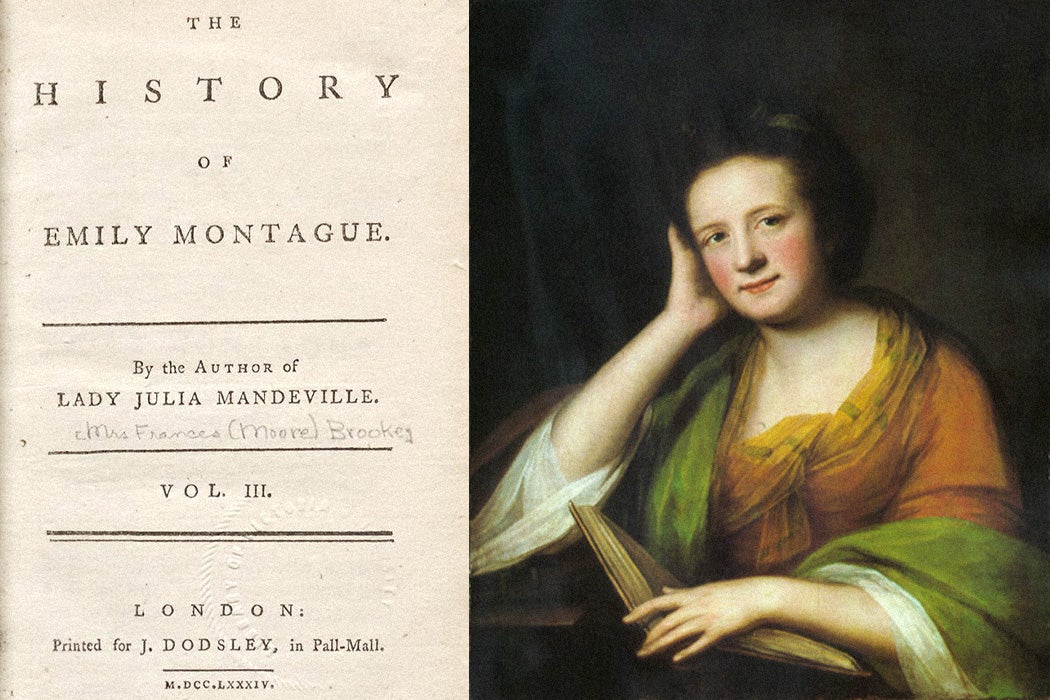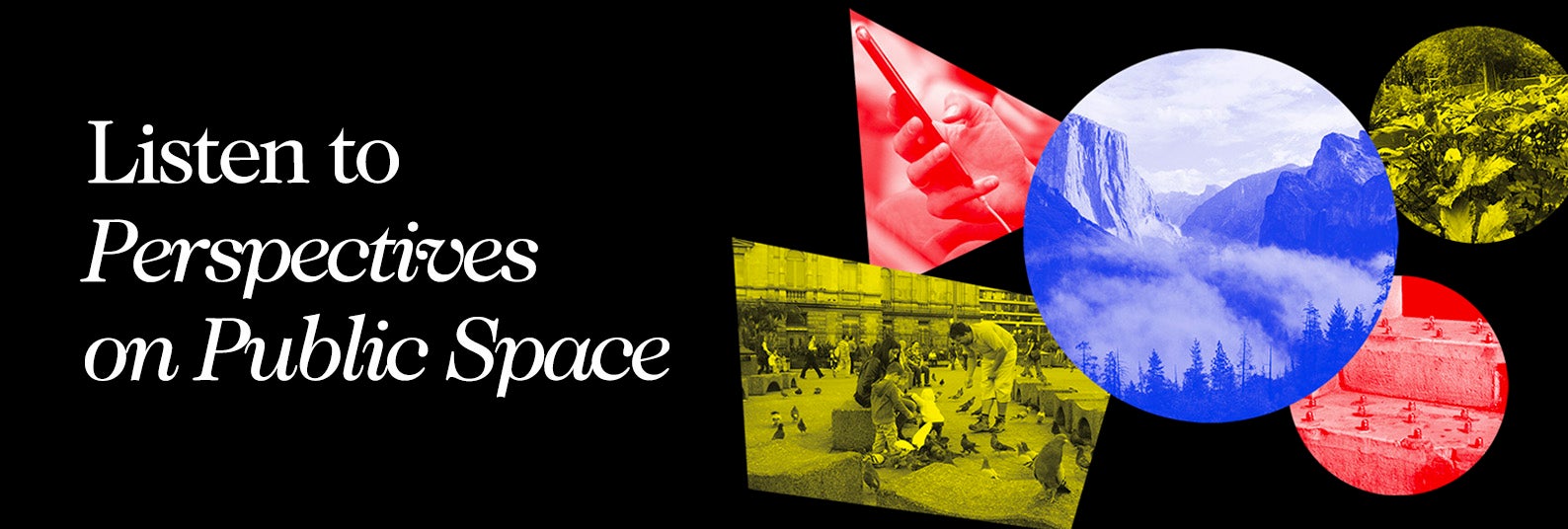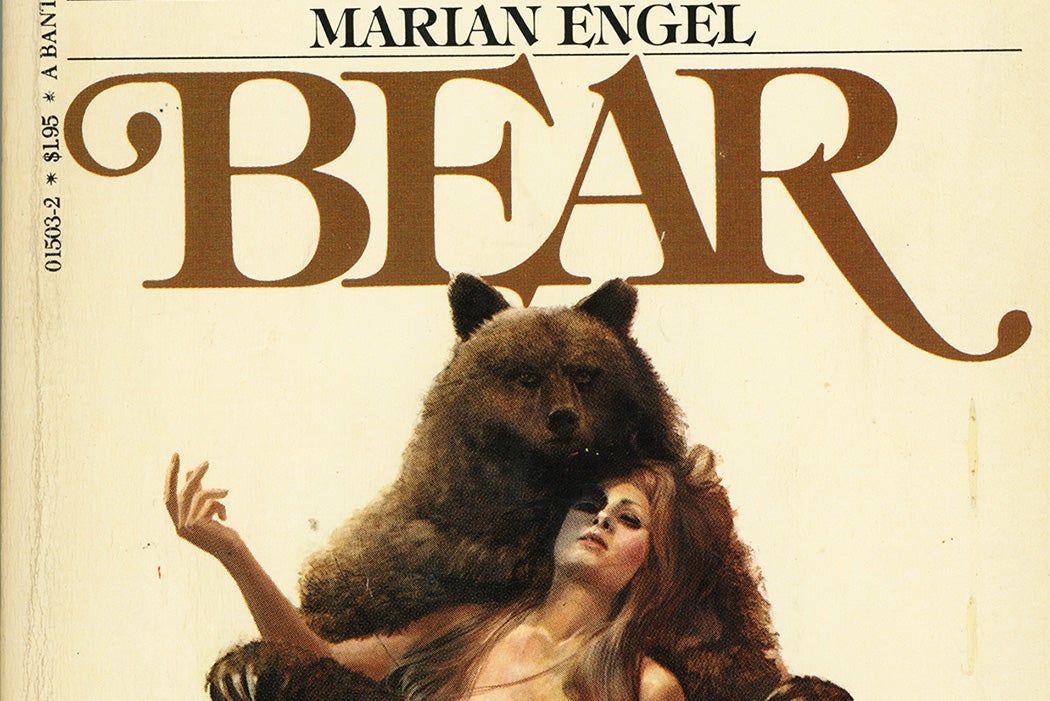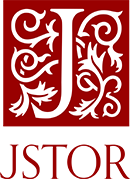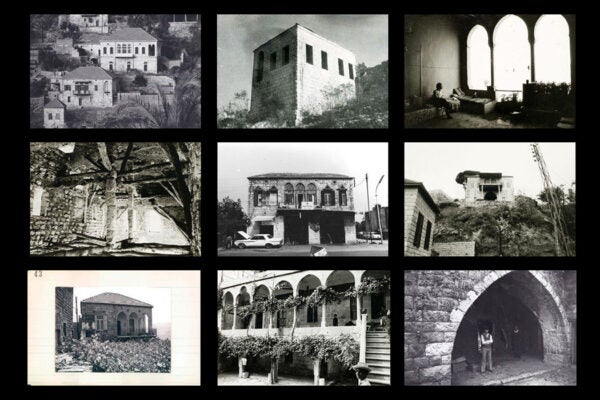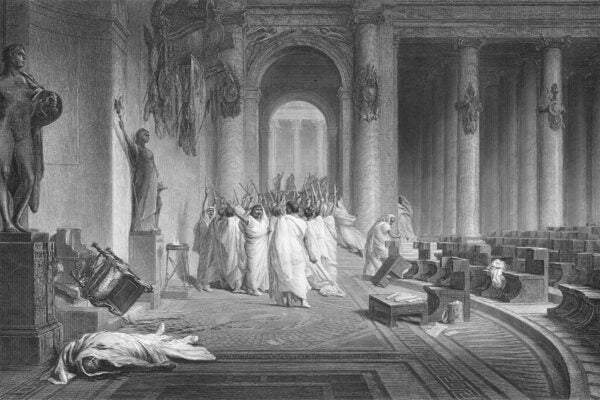When someone asks you what the best Canadian novel is, what do you say? Do you offer Margaret Atwood’s The Handmaid’s Tale and its dystopian feminism? Emma Donoghue’s Room, which continues to haunt worried parents everywhere? Anne of Green Gables by L. M. Montgomery, a book adapted to screen at least once a generation? Or Yann Martel’s Life of Pi and its brutal philosophy?
Everyone has their own answer to that question, but who has the right answer when asked what the first Canadian novel was? It’s not exactly common knowledge.
The answer may or may not be English novelist Frances Brooke’s The History of Emily Montague, the story of an epistolary friendship between several characters, including the book’s namesake. Brooke devised the novel during her tenure as the expatriate wife of a chaplain stationed at a British garrison in Quebec. She “penned the novel during her stay in Quebec and appears to have sent the manuscript to London where it was published, possibly in serial form, in 1766, and then as a single volume in 1769,” writes Elaine Forman Crane. “Within a year French editions made their way to bookstores in Paris and Amsterdam.”
As Crane hints, Brooke’s take on the eighteenth-century sentimental romance would be a controversial selection as Canada’s first. The History of Emily Montague was published in 1769, but the Canadian Confederation—the alliance of the Province of Canada, New Brunswick, and Nova Scotia into an independent country separate from Great Britain—didn’t occur until 1867. Could the novel claim the title of the first Canadian novel when Canada wasn’t even Canada yet? Wouldn’t it be considered colonial literature instead?
Crane points to another technicality blocking the book’s way to the front of the line: It wasn’t even published in North America. The History of Emily Montague was the first novel written in Canada that also includes a Canadian setting, but it was printed by London-based bookseller James Dodsley.
More to Explore
Canada’s Most Controversial Novel
A Canadian flavor and an international publication history. Scholars are perpetually divided. Some affirm its position; some hesitate to award it the stamp. Scholar Mary Jane Edwards is one who asserts the book’s primacy. Drawing on the work of Carl F. Klinck, Edwards writes that, in addition to being the first Canadian novel, The History of Emily Montague “has claims to being ‘the first American one’ as well.”
Weekly Newsletter
Brooke may not have even been trying to shoehorn her way into the spot of Canadian—much less the first Canadian—novelist at all. She likely only viewed Quebec as temporary accommodation rather than a permanent home and only used it as a setting so she could record her thoughts on the sparsely populated colony. According to Edwards, Brooke deliberately portrayed Arabella as struggling to adapt to her new home and her Canadian identity. Writing to her friend Emily in despair, Arabella confesses that she doesn’t feel settled in, that the weather is mind-numbing, and that Canada doesn’t yet have a European appreciation for “the elegant arts.”
“[I]t is likely that [Brooke] shared Arabella’s views,” Edwards writes,
both about the climate and the culture of Great Britain’s newest North American colony. In the mid-eighteenth century, in fact, there was little about the country that is now Canada to render an “elegant” European confident in either its political or artistic future.
The status of Brooke’s book will probably never be resolved officially. People may easily decide what their favorite book is, but when it comes to questionable, unclear history like this, there will always be debate.
